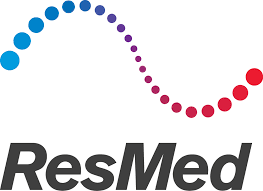I now use a tablet and portable printer throughout the day… My invoices look more professional, I spend 25% less time writing, the invoices are stored in a data base, and with the extra time, I have added more customers to my route and have more free time for my family.”
Select an industry






































_logo.svg.png)

































We do not believe in charging you for every minute we spend on your project.
You have a budget and want to know if we can give you what you need at the price you need. That’s why we give you a fixed price. It allows you to make the most informed decision.
We ask the right questions so that we can craft a spreadsheet that meets your needs. If you’re planning to use a spreadsheet daily, you may want a robust and flexible spreadsheet. On the other hand, if you’re only going to use it once, we don’t want to over-engineer it.
Of course, there may be occasions when you wish to work on a consultative basis.
Excel4Business also has an hourly rate we can use to give a more flexible service where necessary.
We’ll give a fair price, whether you want us for half an hour or half a year.